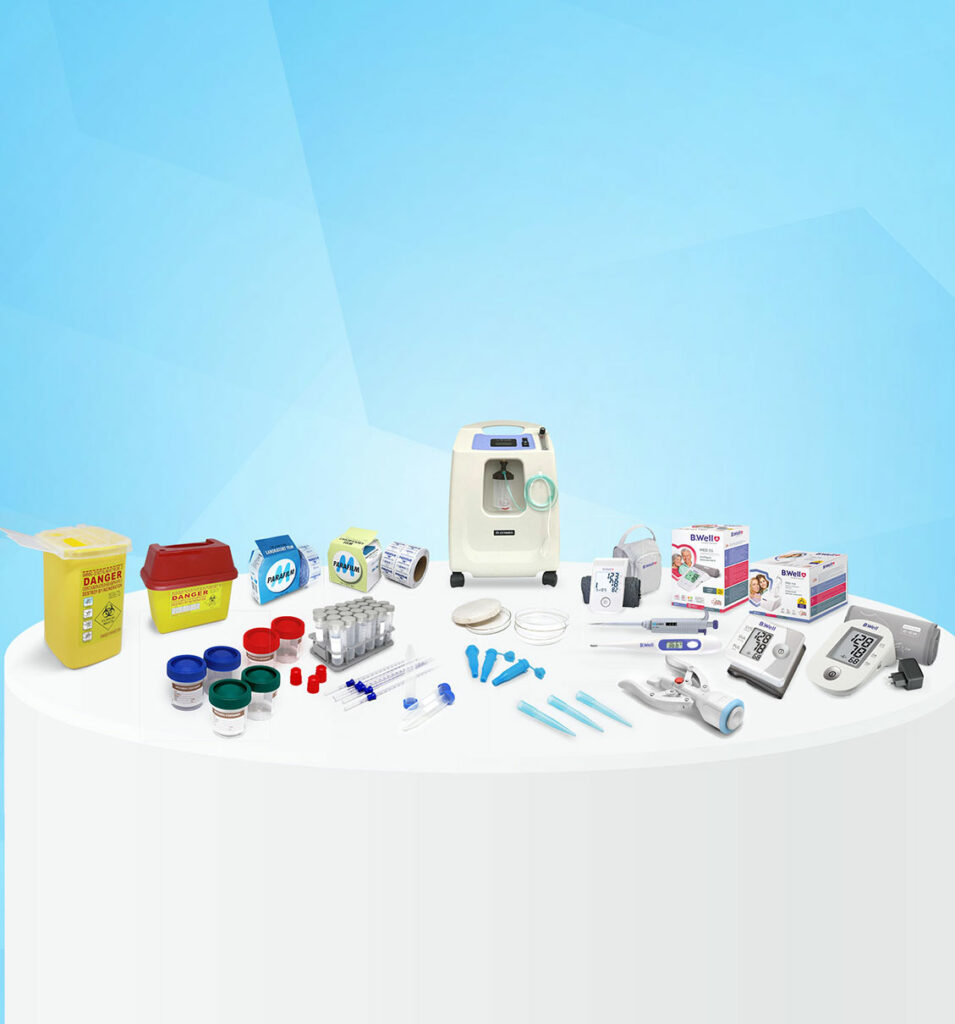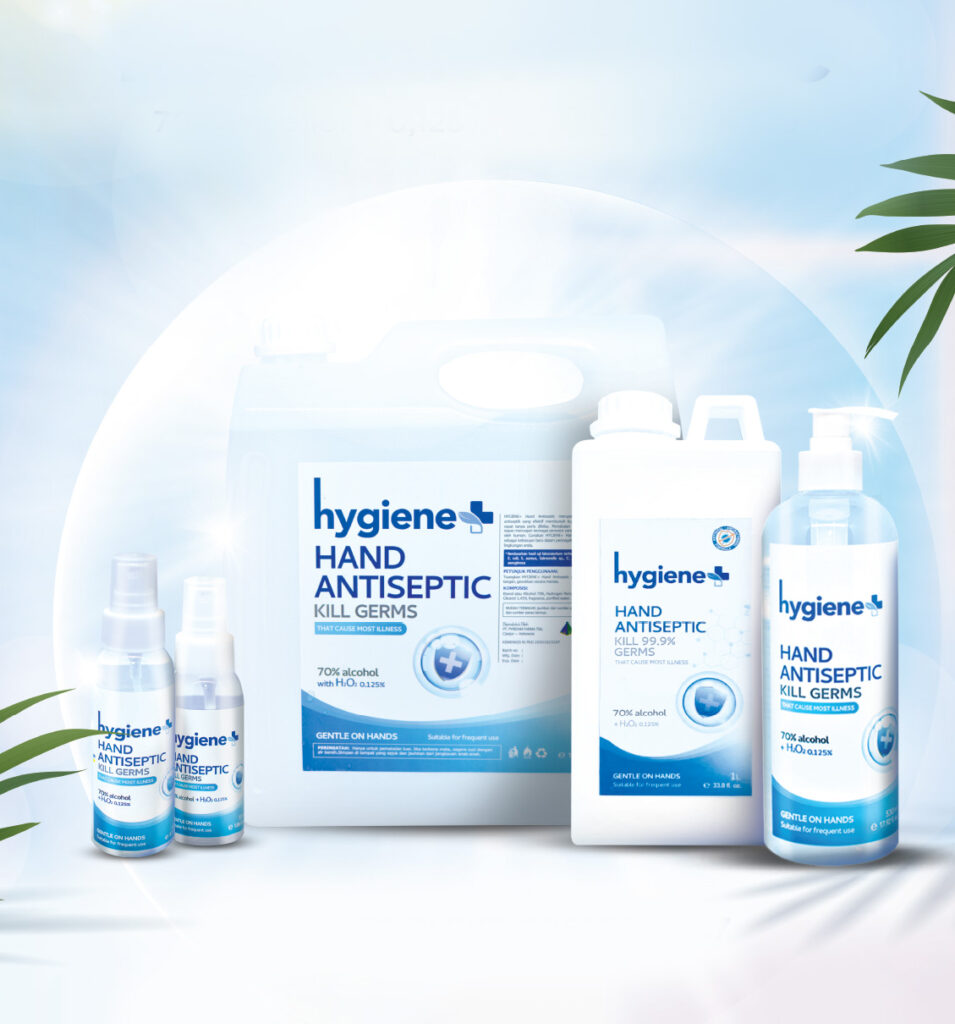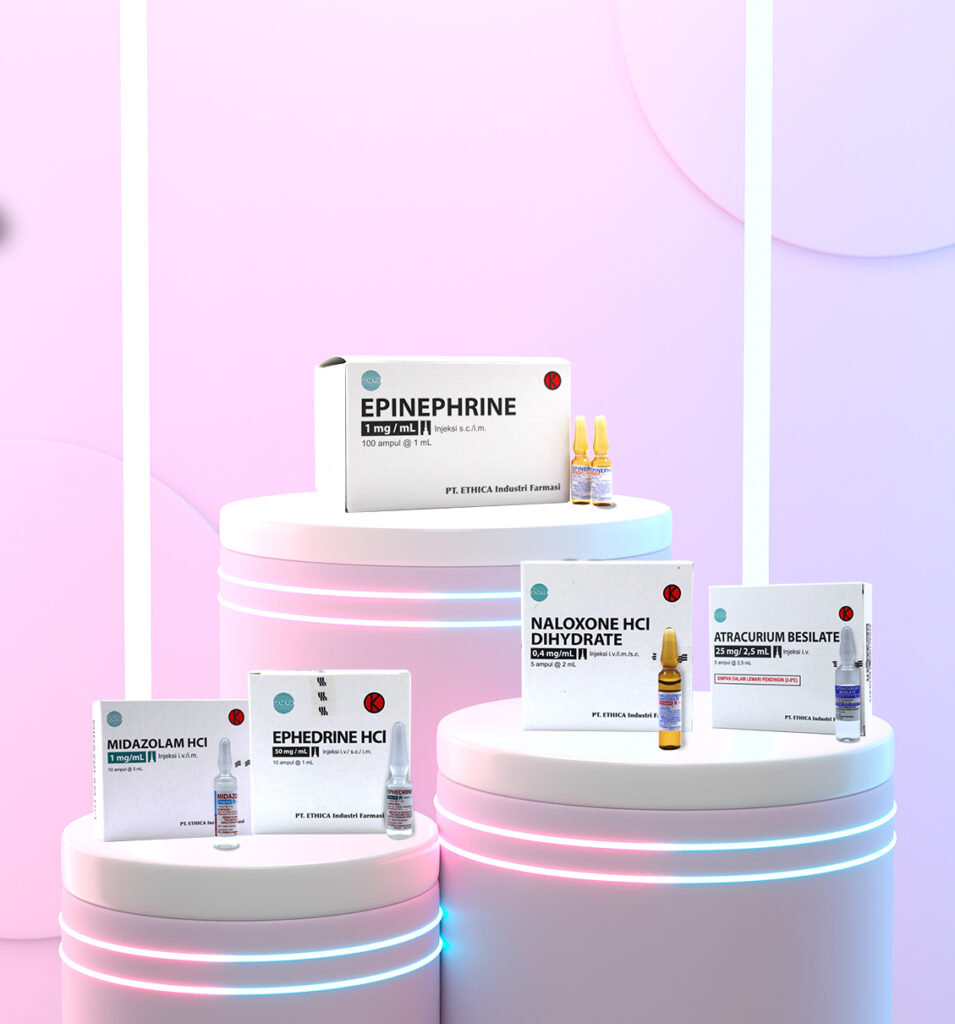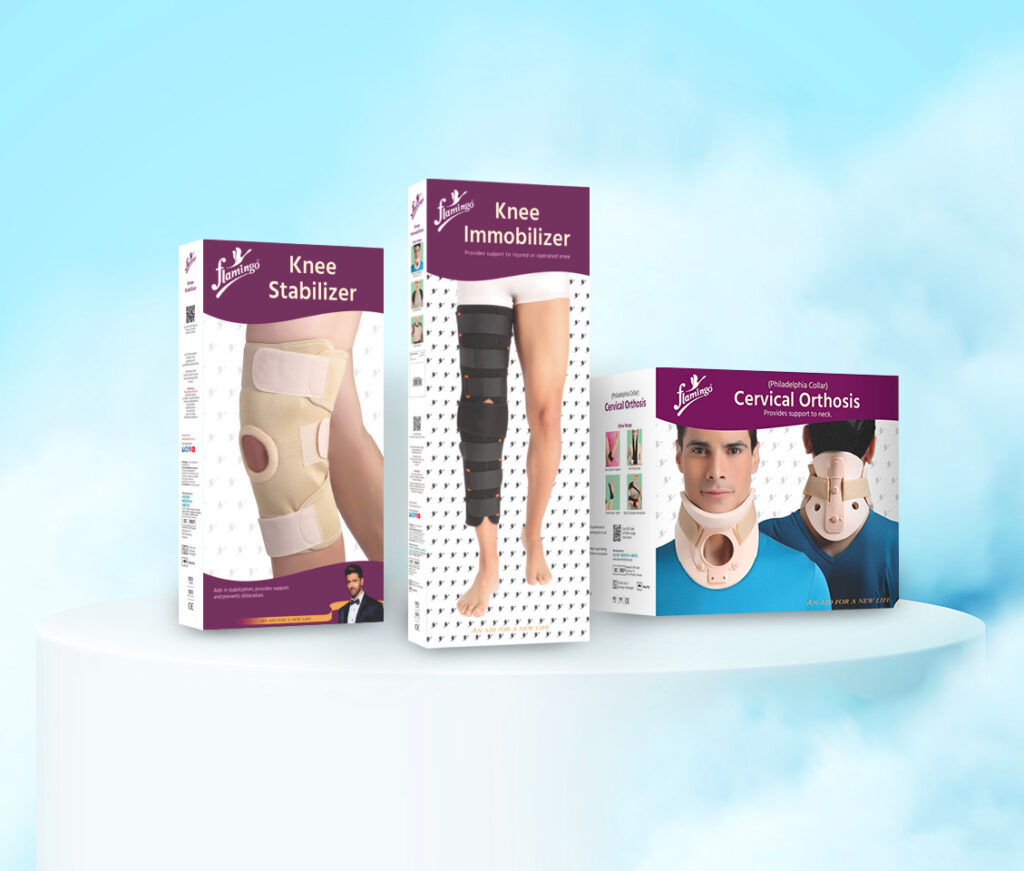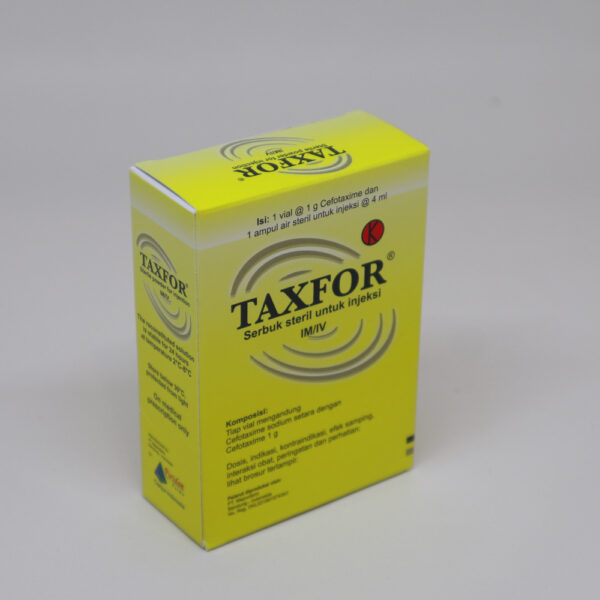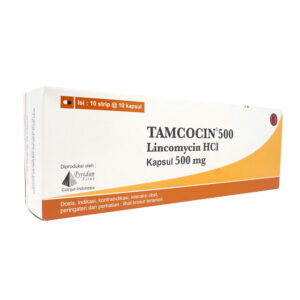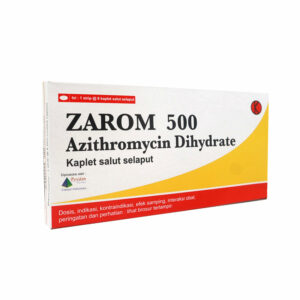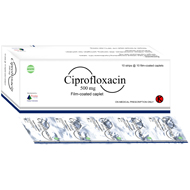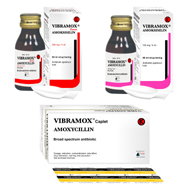Description
Composition
Each vial contains cefotaxime sodium equivalent to cefotaxime 1.000 mg
Pharmacology
Cefotaxime , a broad spectrum cephalosporin antibiotic , inhibits mucopeptide synthesis in the bacterial cell wall.
Spectrum
Cefotaxime , 3rd generation cephalosporin , in vitro studies have shown that cefotaxime is not active against Staphylococcus
compared to 1st generation cephalosporin , but it has a broad spectrum of activity against Gram negative bacteria compared to
1st and 2nd generation cephalosporins. In vitro studies , cefotaxime is effective against infections caused by the following
pathogens :
Gram positive aerob :
In vitro studies , at concentrations < 0,5 µg / ml , cefotaxime inhibits Streptococcus pneumoniae strains , group A ß
hemolytic Streptococci ( Streptococcus pyogenes ) and group B Streptococci ( Streptococcus agalactiae ) . At
concentrations < 4 µg / ml , cefotaxime inhibits some of Staphylococcus aureus strains as well as S. aureus
penicillinase – producing strains. Nearly all Staphylococci strains are resistant to penicilinase ( eg.methicillin ) which also
shows resistance to cefotaxime . Cefotaxime also inhibits Streptococci viridans strains at concentrations < 4 µg / ml .
Gram negative pathogens :
Citrobacter freundi , C. diversus , Enterobacter aerogenes , E. cloacae , Escherichia coli , Klebsiella pneumoniae , K.
oxytoca , Morganella morganii ( particularly Proteus morganii), Proteus mirabilis , Proteus vulgaris , P. rettgeri ,
Providencia , Salmonella , Serratia marcescens , Shigella spp , Yersinia enterocolitica , Pseudomonas aeruginosa , Ps.
maltophilia , Haemophilus influenzae ( including ampicillin – resistant strains ) , Neisseria meningitidis , Neisseria
gonorrhoeae ( including penicilinase – producing strains ) , Acinetobacter.
Anaerobic pathogens :
Bacteroides spp.( including B. fragilis starins ) , Clostridium ( C. perfringens ) , Eubacterium , Fusobacterium ,
Peptococcus , Peptostreptococcus .
Resistance
Because cefotaxime contains an α – syn – methoximino chain which protects ß lactam ring from penicillinase and
cephalosporinase hydrolysis , cefotaxime is more resistant to ß lactamase hydrolysis compared to the 1st and 2nd
generation of cephalosporin . Cefotaxime , in general , is resistant to ß lactamase of Richmond –Sykes types I , II , III
, IV , V & some penicillinase produced by S. aureus hydrolysis . However , ß lactamase produced by B. fragilis and P.
vulgaris can hydrolyze cefotaxime . Cephalosporinase Richmond –Sykes type I produced by E. cloacae can slowly
hydrolyze cefotaxime .
Indication
Treatment of infections caused by susceptible microorganisms eg :
Lower respiratory tract infections ( including pneumonia ) , skin and soft tissue infections , bone and joint infections ,
intra abdominal infections , genitourinary tract infections, genital organ infections , meningitis , septicaemia ,
bacteriemia .
There are no adequate supporting clinical data for treatment of infections caused by Salmonella typhi and paratyphi A
and B.
Cefotaxime is not effective against Treponema pallidum and Clostridium difficile.
In very severe, life threatening infections , combination therapy of cefotaxime and aminoglycosides is indicated without
awaiting the result of sensitivity test. The 2 preparations must be administered separately and should not be mixed in
1 syringe.
Infections caused by Pseudomonas aeruginosa requires treatment with other antibiotics which are effective against
Pseudomonas.
Contraindications
Patient hypersensitive to cephalosporin antibiotics .
Possibility of cross- sensitivity in patients who have shown allergy to penicillin .
Dosage
Adults and children > 12 years : 1 g every 12 hours
Moderate to severe infections : 1 – 2 g every 6 – 8 hours
Severe and life threatening infections: 2 g every 4 hours
Maximum daily dose : 12 g
Prevention of post operative infection: 1 g by IM or IV 30 – 90 minutes before surgery
Caesarian surgery : 1 g IV immediately after the umbilical cord is clamped , followed by 1 g IM or IV 6 – 12
hours after the first dose.
For non susceptible bacteria , dose can be inceased.
Patients should be checked for syphilis before commencing treatment with cefotaxime.
Children :
Children up to 12 years and infants : 50 -100 mg / kg body weight / day.
It should be given in divided doses at 6 – 12 hours intervals.
In life threatening conditions , the daily dose is 150 – 200 mg / kg body weight
Daily dose in premature infants should not be more than 50 mg / kg body weight as the renal clearance in premature
infants has not fully developed yet.
Renal impairment :
Patients with creatinine clearance ≥ 20 ml / menit / 1,73 m2 : dosage modification is not required . Patients with
creatinine clearance ≤ 20 ml / menit / 1,73 m2 : dosage modification is required and the frequency of administration
depends on the severity of the failure. It is recommended to reduce the dose to ½ the normal dose.
Patients undergoing haemodialysis : 0,5 – 2 g daily given as single dose and additional dose given after each dialysis
period .
Duration of treatment
The duration of treatment varies depending on the type of infections , but in general , treatment should usually be
continued for at least 48 – 72 hours after fever as subsided or infections have been cured.
For infection due to group A ß hemolytic streptococci , treatment should be continued at least 10 days to decrease the
risks of rheumatic fever or glomerulonephritis.
Administration
In the original container , the solution will remain physically and chemically stable for 24 hours at room temperature ( or 10
days at temperature ≤ 5 ◦C ) . Solution should be immediately used after preparation. The color of the solution ranges from
light yellow and brownish to reddish color depending on the concentration and length of storage . Change in color will indicate a
loss of potency.
Preparation : Making the solution of cefotaxim sodium sterile
Cefotaxime 1 g : For IM or IV , dissolve in 4 ml of sterile water for injection . The pain at injection site following IM can be
avoided by dissolving cefotaxime 1 g in 4 ml lidocaine solution 1 %. IV administration is recommended if the daily dose
exceeds > 2 g or if 1 g cefotaxime is injected more than twice daily.
Intra venous administration :
Injected directly into the vein over a 3 – 5 minutes period or injected slowly into the tubing of a compatible IV solution.
Reconstitute the infusion with 50 or 100 ml of 0.9 % NaCl or 5 % Dextrose for injection , shake well. Usually injected over a
period of 20 – 30 minutes.
Intra muscular injection
Reconstitute with sterile water for injection or bacteriostatic water for injection , shake well. When injected into the gluteus
maximus , aspiration should be performed to avoid injection into the blood vessels .
Adverse reactions
Gastrointestinal effects : anorexia , diarrhea , nausea , vomiting , abdominal cramps and colitis .
If inflammation of the intestine occurs due to the administration of cefotaxime, discontinue treatment immediately and
other measures should be taken immediately . It is recommended to avoid medication which may cause inhibition of
intestinal peristalsis.
Haematologic changes : neutropenia , leucopenia , granulocytopenia , eosinophilia, thrombocytopenia ,
agranulocytopenia. If treatment is required for > 10 days , blood count should be monitored .
Hypersensitivity reactions : rash ( maculopapular or erythematous ) , pruritus , fever , eosinophilia .
Interstitial nephritis , anaphylaxis or anaphylactic shock which can be life threatening . Emergency measures must be
implemented.
Local effects : On the injection site : IV administration may cause phlebitis and thrombophlebitis . IM administration
may cause pain and softness at the injection site.
Effects on kidneys : transient increase of serum creatinine and / or BUN , urine alanin aminopeptidase ( indication of
transient tubular damage ) .
Other adverse effects which are rarely reported included :
Transient increase of SGOT , SGPT , LDH , bilirubin and alkaline phosphatase in the serum. Headache , agitation, ,
confusion , fatigue , sweating at night may also occur.
Precautions
As with other cephalosporin antibiotics , cefotaxime may cause allergic reactions . Prolonged treatment may cause an
overgrowth of non susceptible organisms especially Candida , Pseudomonas . Vaginitis and moniliasis have been reported in
< 1 % patients taking cefotaxime . During treatment with cefotaxime , resistant strains from some microorganisms may
develop , especially Enterobacter , Ps. Aeruginosa and Serratia. Close observation is recommended during cefotaxime
treatment . If super or suprainfection occurs , appropriate therapy should be implemented.
The safe use in pregnancy has not been established , use only when very necessary. Studies in animal reproduction showed
no effect in fertility or fetal obstruction after administration of 30 times more than usual human dose. Caution must be
exercised when prescribing cefotaxime to nursing mothers as cefotaxime is distributed in the mother’s milk.
As with other cephalosporin antibiotics , cefotaxime may cause false positive results in glucose urine determination using
copper sulfate ( Benedict’s reagent , Clinitest ) and may increase serum creatinine . It may also cause positive antiglobulin
test ( Coombs’ ). Renal function test is recommended during combination therapy with aminoglycoside.
Drug interactions
In vitro studies , the antibacterial activities of cefotaxime and aminoglycoside are additive and synergistic against
several organisms including Ps. Aeruginosa and S. marcescens . However , synergistic effect is not predictable and
antagonistic effect may occur when cefotaxime is combined with aminoglycoside.
Concomitant administration with probenecid will increase cefotaxime concentration in the serum.
Gives false positive Coomb’s test.
Presentation
Taxfor
Box , 1 vial @ 1 g cefotaxime and 1 ampoule of sterile water for injection @ 4 ml.
On medical prescription only .
Protect from light . Store at room temperature ( 25 – 30 ◦C )


